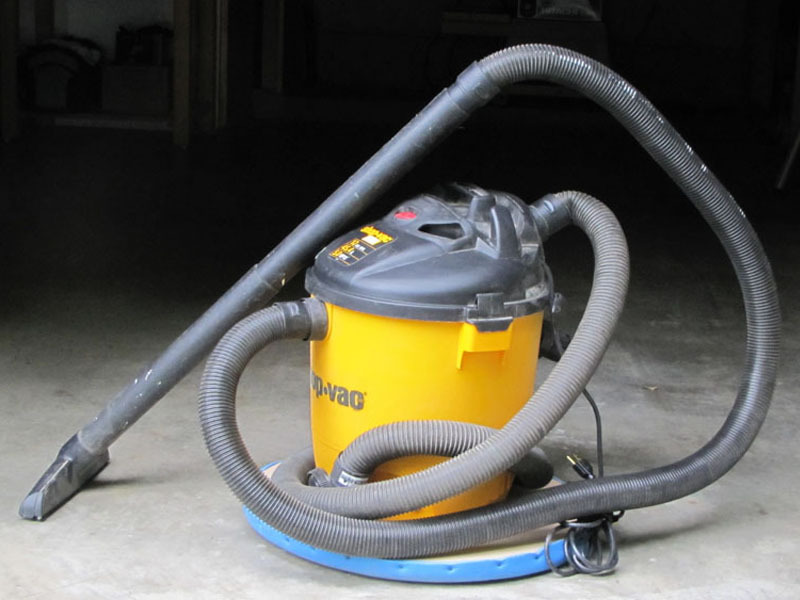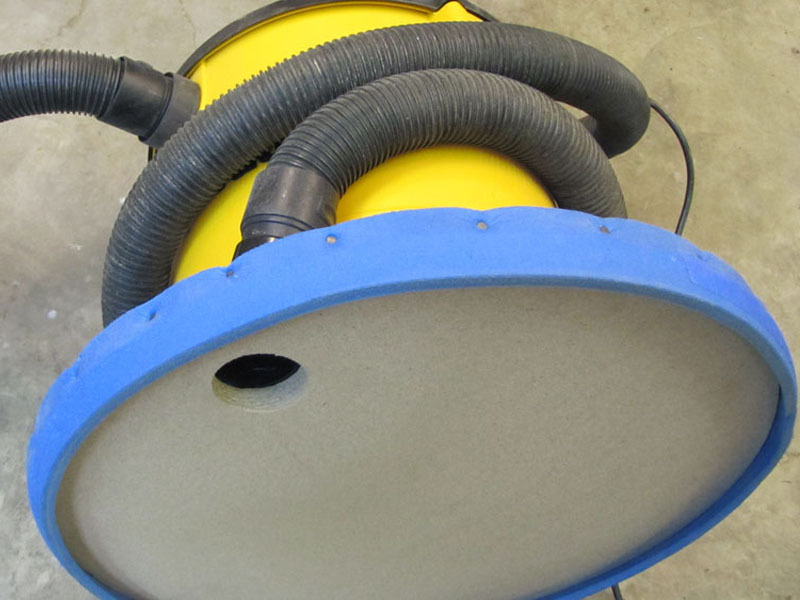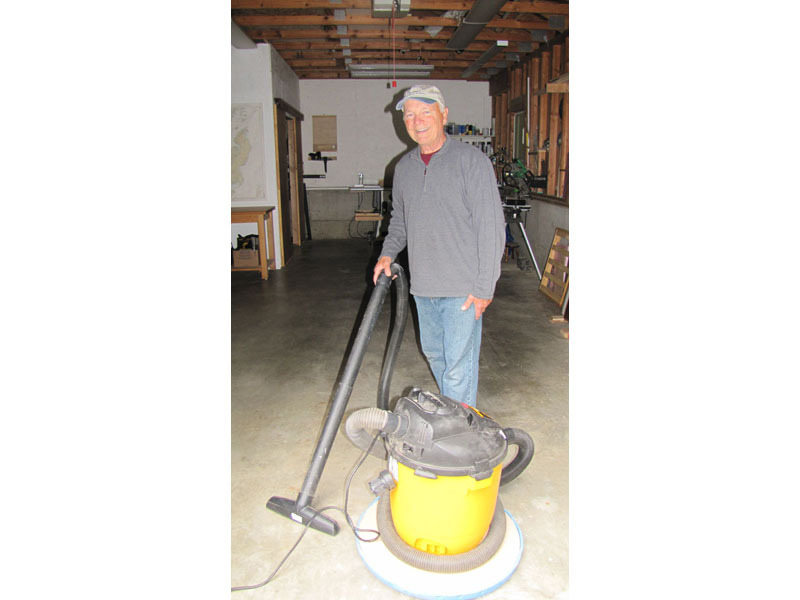I have owned several shop vacuum cleaners, but regardless of the make, I never liked the way the casters worked. They never rolled where I wanted them to.
When I recently had to replace a worn-out shop vacuum, I looked for a way to improve the mobility of the new machine. That’s when I realized that the vacuum’s discharge air might be a way to do this.
I decided to make the vacuum self-levitating, to turn it into a hovercraft. Then it would just obediently float along the floor behind me.
Here’s how I did it.














